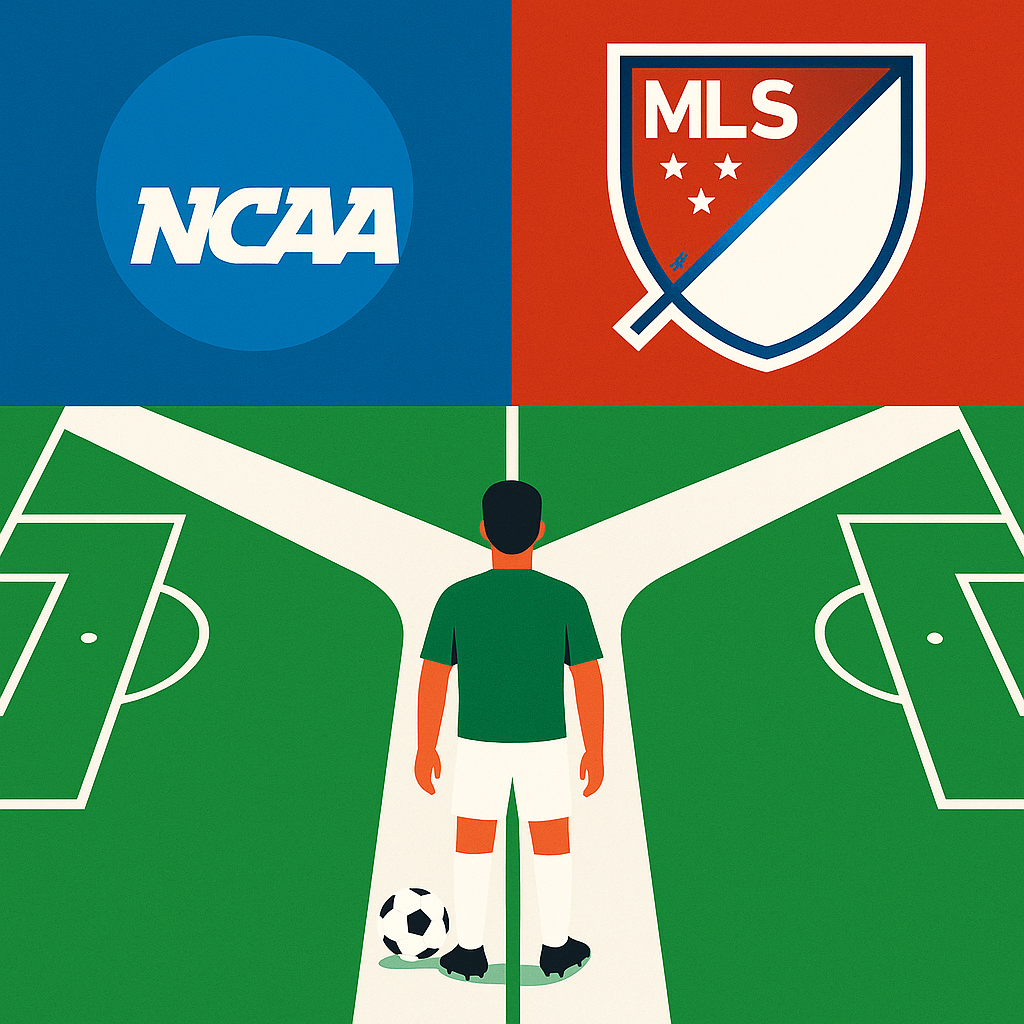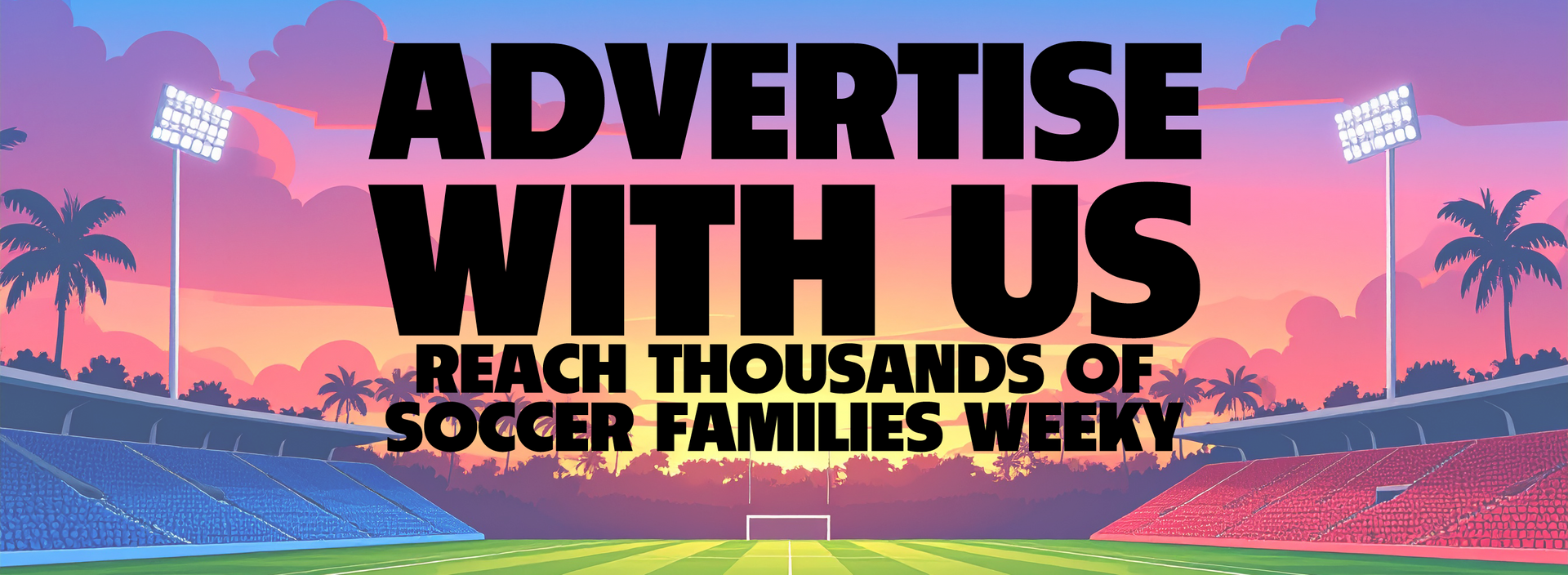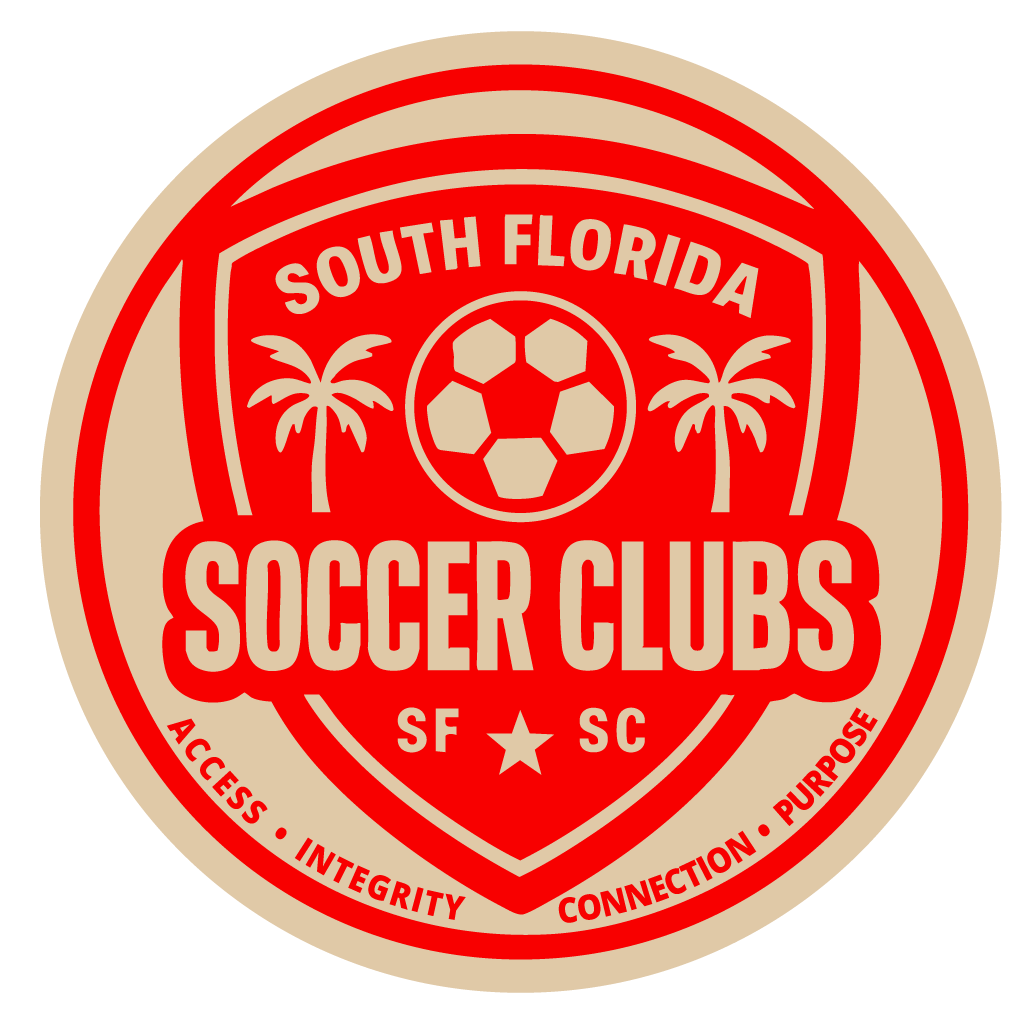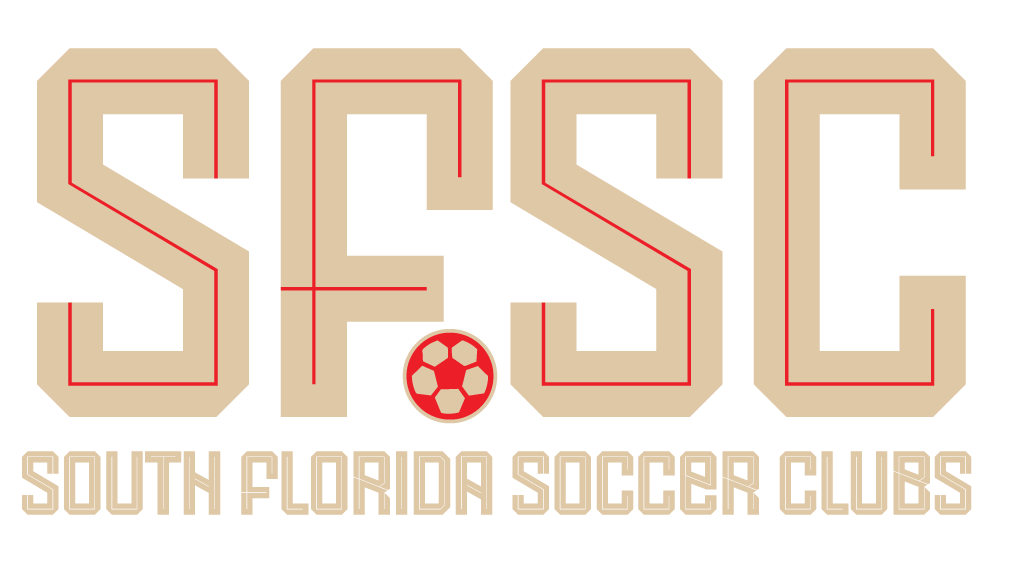NCAA Soccer Rumored Shakeup: Incorporation with Pro Leagues on the Horizon?
By banquillo Editorial Staff
College soccer in the United States may be on the verge of a historic transformation. What once seemed unshakable, a short, compressed season with limited ties to the professional game, is now under active review, thanks to a new initiative launched by U.S. Soccer.
The NextGen College Soccer Committee
In mid-2025, U.S. Soccer announced the creation of the NextGen College Soccer Committee, an 18-member group including representatives from MLS, NWSL, USL, college programs, and player agencies.
The committee’s mission is straightforward: explore how college soccer can better align with the professional structure of the sport in the U.S.
Initial recommendations are expected during the 2025-26 academic year, with the possibility of reforms being implemented as early as the 2026-27 season.
From a Short Season to a Full Calendar
Currently, NCAA soccer is compressed into just three months of competition, leading to a congested schedule and, in many cases, higher risk of injury. One of the most discussed proposals is to extend the season into two semesters, or even move to a year-round model, aligning more closely with professional leagues that operate on 9- to 10-month calendars.
The potential benefits are clear:
- Improved player development.
- Reduced physical strain from overly packed schedules.
- Greater commercial appeal for universities and broadcasters.
In fact, talks are already underway between U.S. Soccer, the Big Ten, and the ACC to pilot this new model.
Rumors of Closer Ties with Professional Leagues
One of the most eye-catching rumors is the possibility that top NCAA programs could forge stronger ties with professional structures, potentially creating direct pipelines with MLS or USL clubs.
While there is no official confirmation that university teams would compete directly in MLS, there is growing interest in building more robust bridges between college soccer and the pro game.
A Future Being Redefined
The debate is just beginning, but the direction is clear: college soccer is seeking to shed its reputation as a limited system and become a genuine platform for player development in the U.S.
If these reforms succeed, the country could see a new generation of players enjoying a unique dual advantage: elite academic training combined with high-level competitive experience.
The question is inevitable: are we witnessing the start of a revolution that could forever change the future of college soccer in America?





